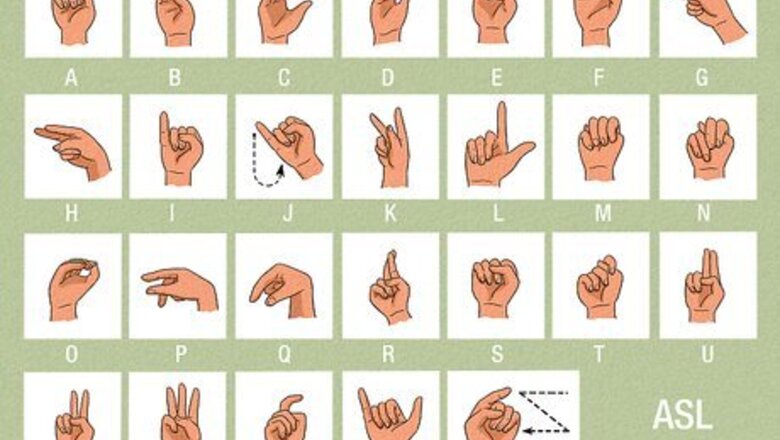
views
Types of Sign Languages Around the World
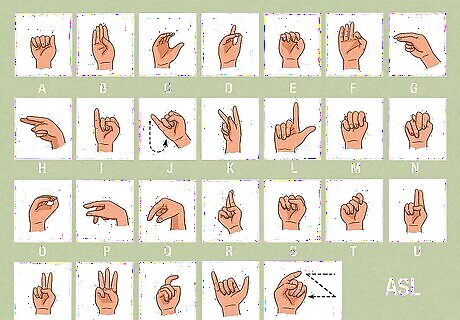
American Sign Language (ASL) ASL is used by Deaf and Hard of Hearing people in the United States. It’s also used in the English-speaking provinces of Canada, as well as some parts of Southeast Asia, West Africa, and South America. ASL evolved from French Sign Language and was first used officially at the first American School for the Deaf founded by Thomas Hopkins Gallaudet and Laurent Clerc. As a visual language, American Sign Language uses hand signs, facial expressions, and fingerspelling to convey meaning. Fingerspelling in ASL is used to spell out English words when specifying a proper name or indicating the specific English word for something. ASL has completely different grammatical structures and linguistic properties from spoken English. This sign language, which has between 250,000 and 500,000 native users, even has numerous regional dialects and variations shaped by factors like slang, pronunciation, and the rhythm of signing.
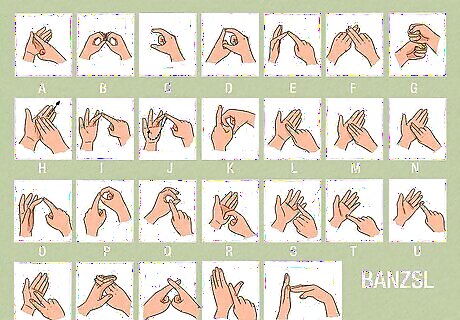
British, Australian, & New Zealand Sign Languages (BANZSL) BANZSL is a sign language family that includes British Sign Language (BSL), Australian Sign Language (Auslan), and New Zealand Sign Language (NZSL). These three sign languages share similar signs and grammatical structures and use the same alphabet. As well as being used by Deaf and Hard of Hearing communities in Britain, Australia, and New Zealand, BANZSL is also used in other countries like South Africa and parts of Canada. Although these sign languages are all used in places where spoken English is the dominant language, they are not related to American Sign Language (ASL).
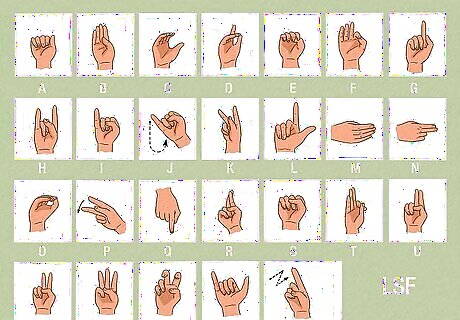
French Sign Language (LSF) Dating back to the 1600s, French Sign Language is used today by people throughout France. Some regions of French-speaking countries like Belgium, Switzerland, and Canada also use LSF. French Sign Language uses a combination of iconic signs, which can be understood by both Deaf and hearing people, French-inspired signs, invented signs, and a fingerspelling alphabet. Like most sign languages, visual expressions and body language are a crucial part of communication and even form part of LSF’s linguistics. For example, a frown used in LSF indicates that the signer is asking a question. Old French Sign Language was the precursor of the extensive French Sign Language family and was used in 18th century Paris when Deaf schools were first being established.
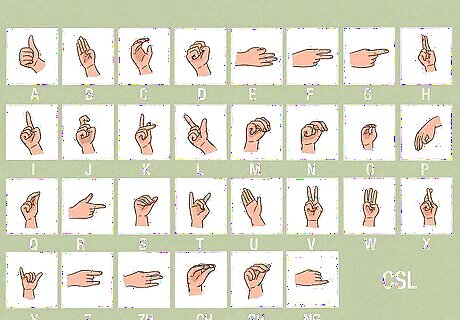
Chinese Sign Language (CSL) The first recorded versions of CSL come from the late 1950s. However, it was likely being used and developed by native signers over hundreds of years. The hand signs in Chinese Sign Language reflect and resemble written Chinese characters, and the language places a lot of emphasis on facial and body movements. CSL has many variants, the most common of which is Shanghai Chinese Sign Language (SCSL). Chinese Sign Language has also heavily influenced the sign languages in neighboring areas, including Hong Kong Sign Language and Singapore Sign Language.
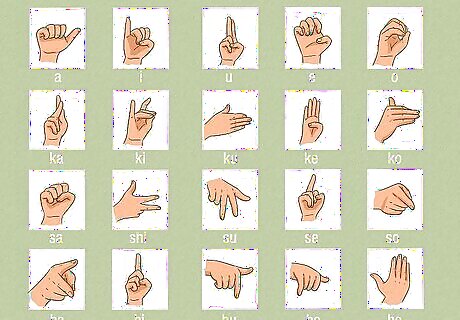
Japanese Sign Language (JSL) JSL is the main type of sign language used in Japan. It uses a combination of signs adapted from existing sign languages and signs unique to the Japanese language and culture. For example, the JSL alphabet would more accurately be called a “syllabary,” as it includes handshapes to match the fifty sounds in spoken Japanese.
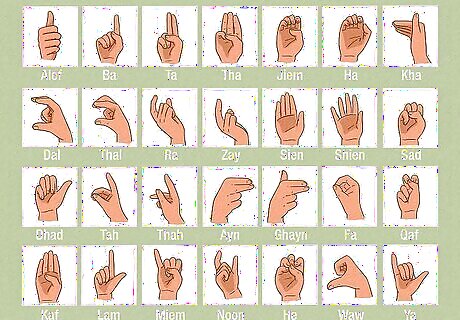
Arabic Sign Languages (ARSLs) There are several sign languages included in the Arab sign-language family, all of which are used across the Middle East and in nations where Arabic is spoken. Arabic sign languages are still being developed, and data and awareness about them are still sparse compared to more dominantly used sign languages like ASL and LSF. The sentence structure of Arabic Sign Languages reflects spoken Arabic, but different dialects include Levantine, Iraqi, Yemeni, Syrian, Kuwaiti, Egyptian, and Libyan sign languages. However, standardizing a sign language to be used among Arabic-speaking communities has been a challenge. Although a formal sign language known as Unified Arabic Sign Language (UASL) does exist, there has been pushback against using it in academic settings because it would require Deaf students to learn a whole new language. Deaf communities in the Middle East seem to prefer their regional sign language dialects, such as Saudi Arabia’s Saudi Sign Language or the Emirati sign language used in the UAE.
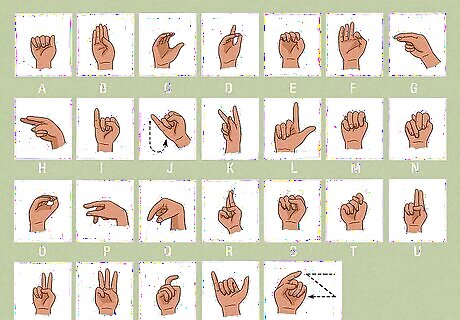
Indo-Pakistani Sign Language (IPSL) IPSL is used by Deaf communities in the urban areas of India and other South Asian countries. While Indo-Pakistani Sign Language doesn’t have much overlap with any other modern sign languages, it’s estimated to have several hundred thousand native signers. Not many studies have been done on IPSL. From what has been uncovered, it's thought to have developed as an indigenous Asian sign language that evolved naturally out of the local Deaf communities’ need for language.
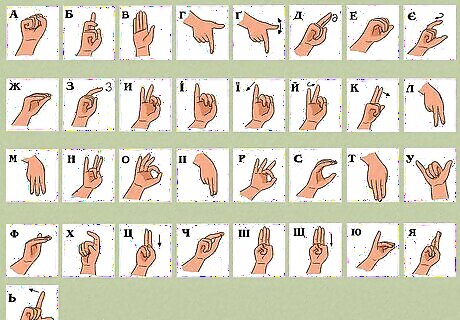
Ukrainian Sign Language (USL) Ukrainian Sign Language belongs to the massive French Sign Language Family, which also includes American, Danish, and Italian Sign Languages. The USL fingerspelling alphabet includes 33 signs, each of which corresponds to a letter of the written Ukrainian alphabet, also known as the Cyrillic alphabet.
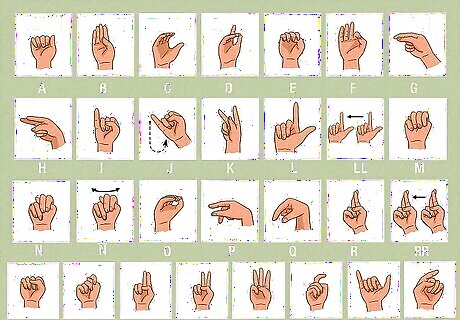
Spanish Sign Language (LSE) Spanish Sign Language is used by Deaf communities in Spain, excluding the Catalonia region, which uses Catalan Sign Language. Other regions of Spain that speak other languages besides Spanish also have their own sign languages, including Basque, Canary Island, and Valencian Sign Languages.
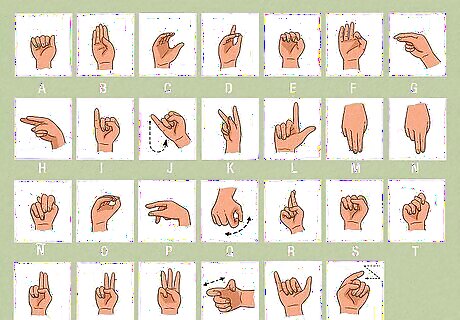
Mexican Sign Language (LSM) LSM is used by over 100,000 Deaf people in the country of Mexico. It’s most commonly used in large urban areas like Guadalajara and Ciudad de México and is recognized as one of the country’s official languages. While both Mexican and Spanish Sign Languages are used in countries where Spanish is the spoken language, they are not interchangeable and have many differences in vocabulary and grammar. For example, LSM omits many articles and pronouns used in spoken Spanish, while LSE includes them.
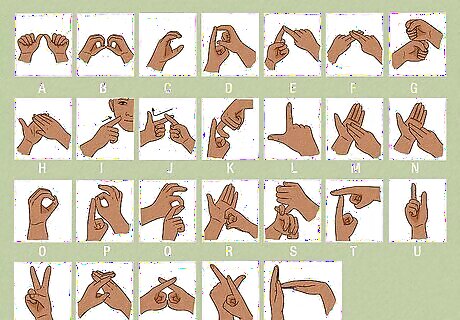
Plains Sign Language (PISL) Also known as Hand Talk or Plains Indian Sign Language, PISL is an important form of communication in the Native American communities of North America. Rather than being used exclusively among Deaf people, PISL was historically used as a common language that allowed different tribes to communicate with each other. Plains Sign Language was used for trade, hunting, resolving conflicts, and sharing cultural stories and rituals within and between tribes. In the present day, PISL is an endangered language with only a handful of fluent speakers. However, many organizations and tribes are working to preserve this expressive and visual language that has great importance to Native American communities.
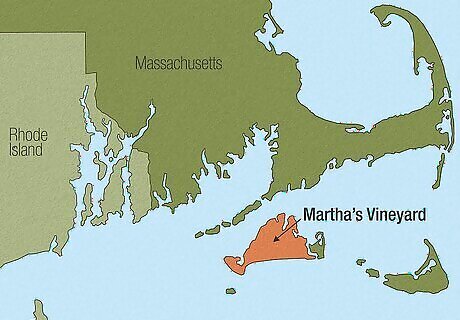
Martha’s Vineyard Sign Language (MVSL) For two centuries, Martha’s Vineyard had its own sign language that was used by nearly everyone—both hearing and Deaf—on the Massachusetts island. During this time period leading up to the 1850s, one out of every 25 people on the island were Deaf. Today, there are very few speakers of the original MVSL dialect, although recorded documentation of some signs do exist. MVSL was likely influenced by Old Kentish Sign Language, which was a regional dialect of British Sign Language used in the 17th century.
Other Types of Signed Communication
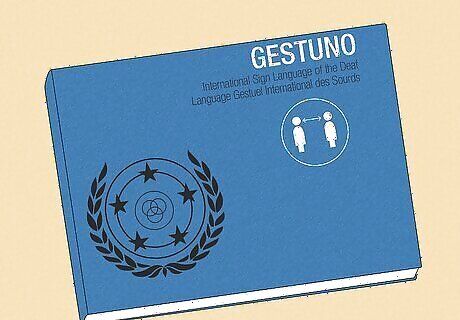
International Sign Language Also known as Gestuno, International Sign (IS) was developed to create a universal sign language or internationally understood form of communication. Many of the Gestuno signs were adapted from American Sign Language and use iconic signs that are easily understood by non-signers. International Sign is most often used at international Deaf community events like the Deaflympics and the World Federation of the Deaf (WFD) conference. However, IS has been criticized for drawing too much from European and North American sign languages, making it more difficult for other Deaf communities to learn this new system. Also, International Sign is considered a pidgin version of sign language that lacks the complexity and vocabulary of a true sign language.
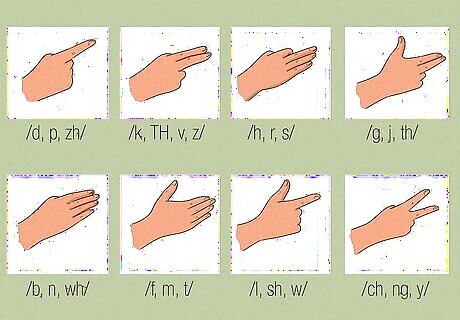
Manually Coded English (MCE) MCE is a visual code of signs that directly represent spoken English. While many of the signs and MCE are borrowed from American Sign Language (ASL), they follow the grammar, word order, and sentence structure of spoken English. Pidgin Signed English (PSE), also known as Conceptually Accurate Signed English (CASE), is used as a bridge between users of ASL and MCE. PSE blends features of both ASL and MCE, allowing users of both communication modes to understand each other more easily. While they use signs, neither PSE nor MCE are considered sign languages because they follow spoken English. ASL, on the other hand, varies greatly from spoken English and is thus considered an independent language.
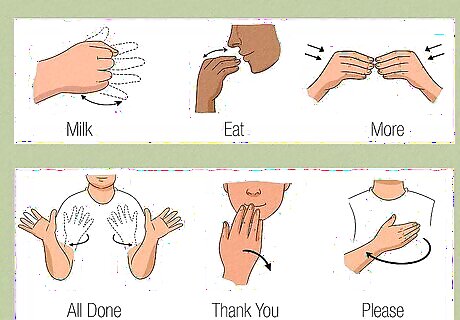
Baby Sign Some caregivers and parents of young infants teach their children “baby signs.” Giselle Baumet, the owner of parenting community Granola Babies, has “experienced babies as young as eight months being able to communicate their basic needs through sign language.” Most commonly, caregivers teach infants basic signs, typically borrowed from ASL or BSL, that represent a baby's needs, such as “milk,” “mom,” “dad,” or “more.” “While a baby might usually fuss or cry to express their need,” explains Baumet, “a baby that can use sign language can simply tell their need with their hands.” While baby signs can help parents communicate with their young children, they can’t be considered a genuine language because they lack syntax, grammatical structure, and a community of native speakers.

Monastic Sign Language Starting in the 10th century, nuns and monks in Benedictine monasteries used hand signs to communicate in order to maintain their rule of silence. While Monastic Sign Language used hand signs and a fingerspelling alphabet just like modern sign languages, it is not considered a full language by current standards. However, this mode of signed communication isn't considered a sign language because it's mostly gestural and lacks any grammatical or linguistic properties. Conversely, modern sign languages are complete languages replete with their own syntactical and linguistic structures.
How many types of sign language are there?

There are more than 300 different sign languages in use today. Each of these distinct sign languages is used by some of the more than 70 million Deaf people worldwide. There is no universal sign language, and the same sign language cannot be used with Deaf people in different countries. Just like spoken language, the many sign languages and their dialects have evolved over centuries through daily interactions and the need for communication among Deaf communities. Even if a group of countries shares the same dominant spoken language, they may not share the same sign language. For example, English is the official or most commonly spoken language in Britain, Australia, and the United States. However, each of these three countries has a completely distinct sign language that’s used by its Deaf population. Learn about all the global sign languages by reviewing this exhaustive list from Gallaudet University.
Learning a New Sign Language
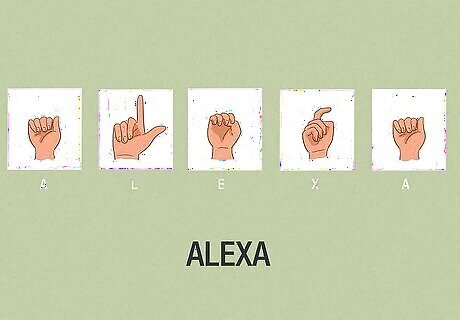
Start by learning the fingerspelling alphabet. In fingerspelling, each hand sign is used to represent the individual letters or sounds of a written alphabet. It’s used to spell out proper names and describe things that don’t have a designated sign. For example, when learning to fingerspell in American Sign Language, you’ll notice that certain words like “barbeque,” “peacock,” or “IKEA” don’t have designated signs—they’d be fingerspelled. Practice by fingerspelling your first name, then continue with your middle and last name. Try to fingerspell more fluidly each time, but don’t worry about speed. Pause between spelling individual words and keep your hand in one spot as you sign.

Take sign language classes or teach yourself at home. Look for sign language classes offered by your local community college or community center, or search online for virtual sign language tutors. Gallaudet University, the United States’ only university for Deaf students, offers virtual ASL classes. If you can’t commit to a class, start studying on sign language apps like Signing Savvy and Marlee Signs. Watch videos online from Deaf creators like Bill Vicars and ASL That. Engage with Deaf community events and online resources like The Daily Moth.

Learning sign language has cognitive and social benefits. Whether you’re a hearing or Deaf person, learning sign language is a great way to break down barriers and foster inclusivity between the hearing and Deaf communities. It’s also been shown to stimulate your brain and enhance your visual-spatial skills, memory, and ability to multitask.
What is sign language?

Sign languages use signs and gestures to visually communicate. Sign languages are not direct translations of spoken language but rather have their own linguistic systems that qualify them as complete languages. Sign language is primarily used by Deaf and Hard of Hearing individuals and communities. However, individuals who are nonverbal due to conditions like Down syndrome, autism, and cerebral palsy may also use sign language. Most sign languages use a mix of hand signs, facial expressions, and fingerspelling to communicate. Just like each spoken word has morphemes and phonemes to give it a distinct meaning, hand signs are linguistically defined by handshape, hand orientation, hand location, and hand movement.



















Comments
0 comment